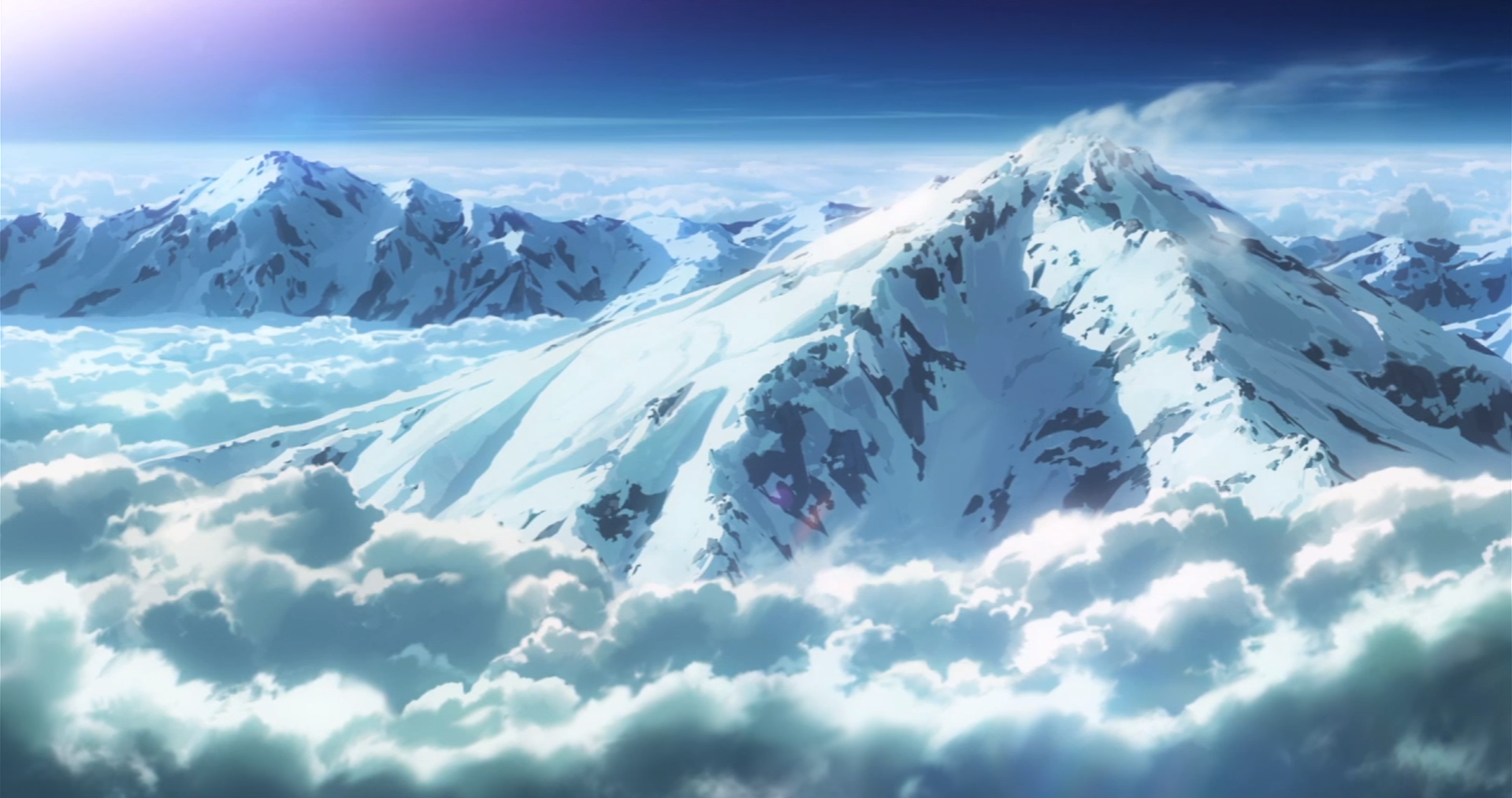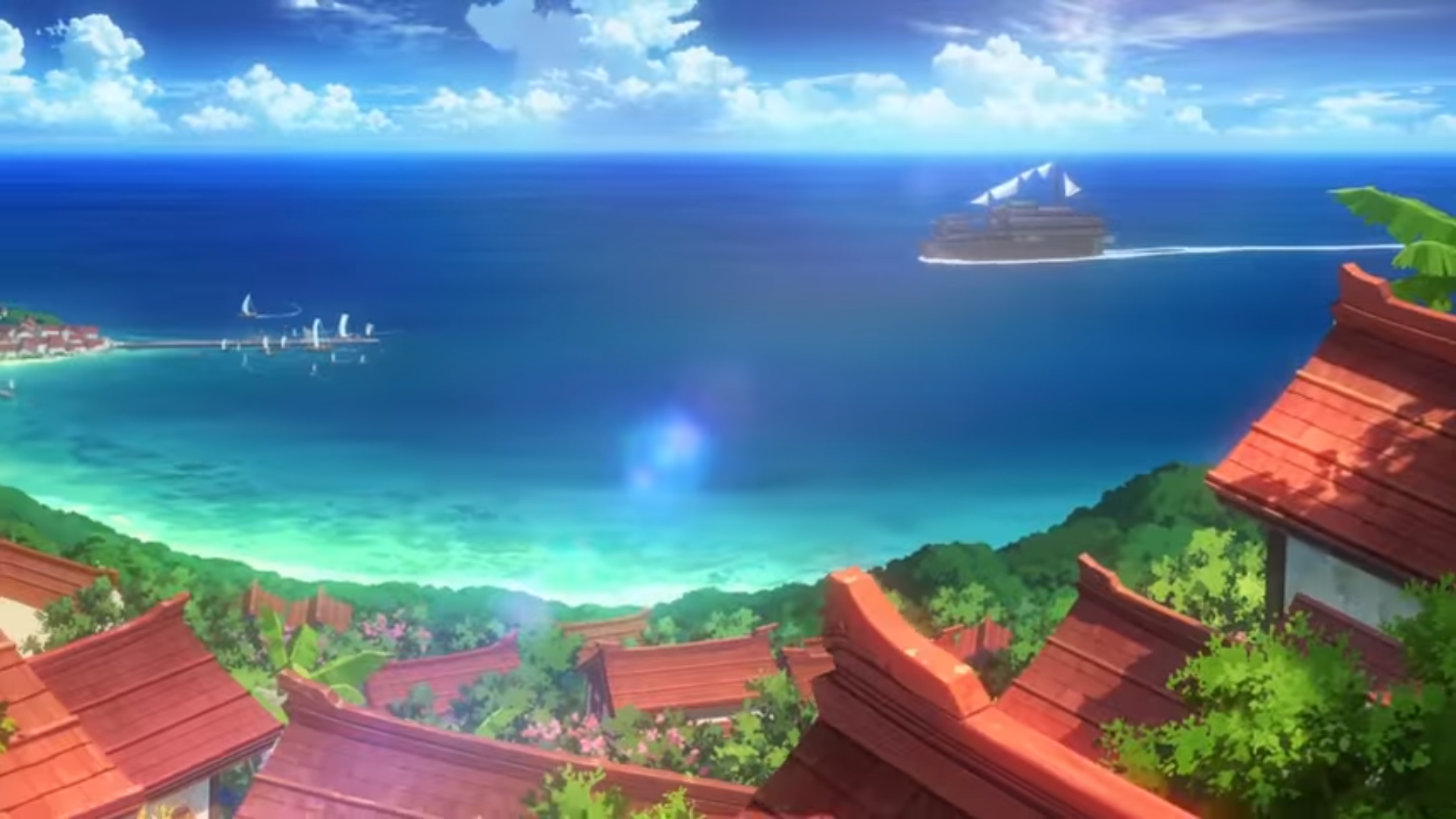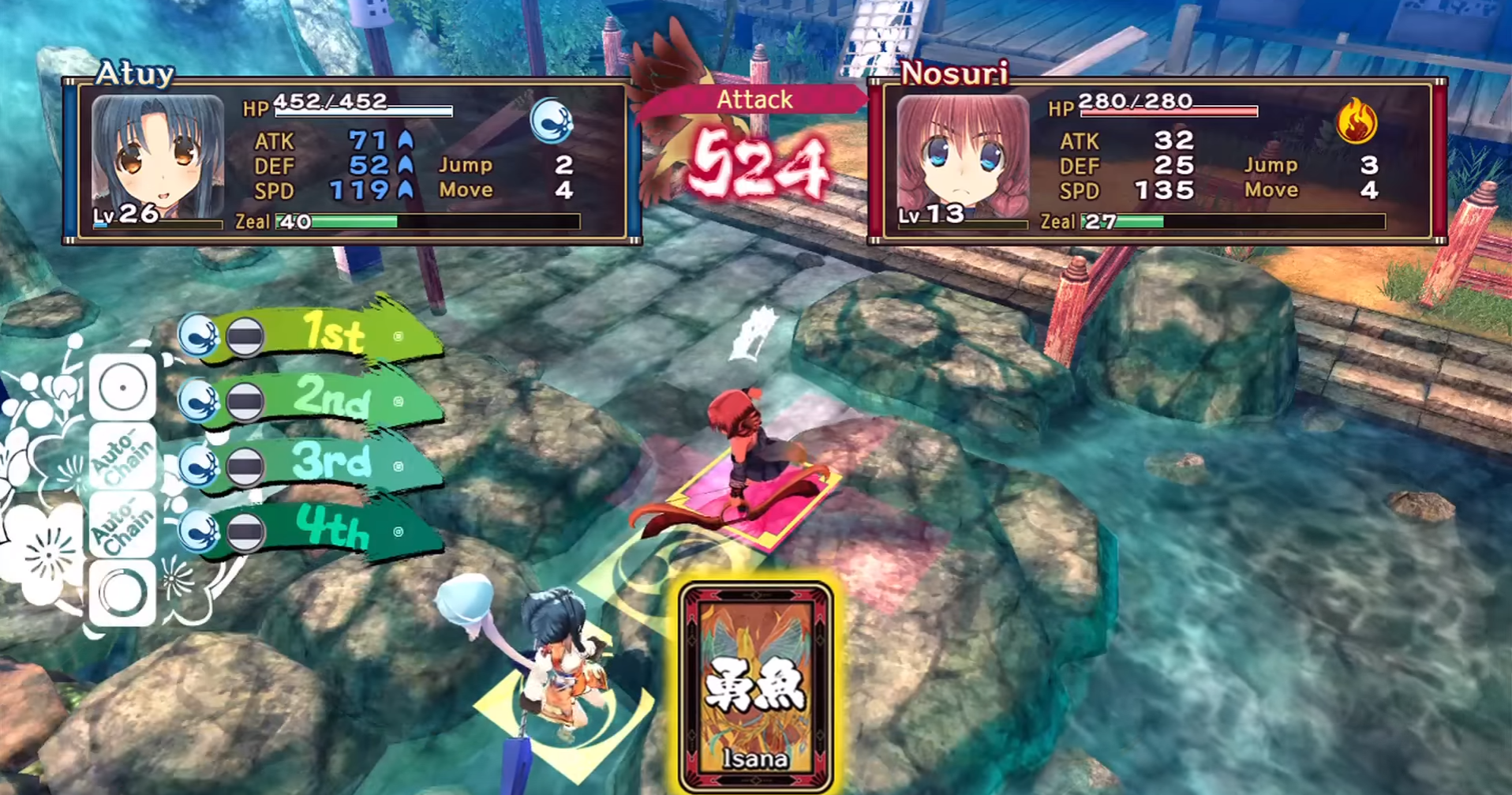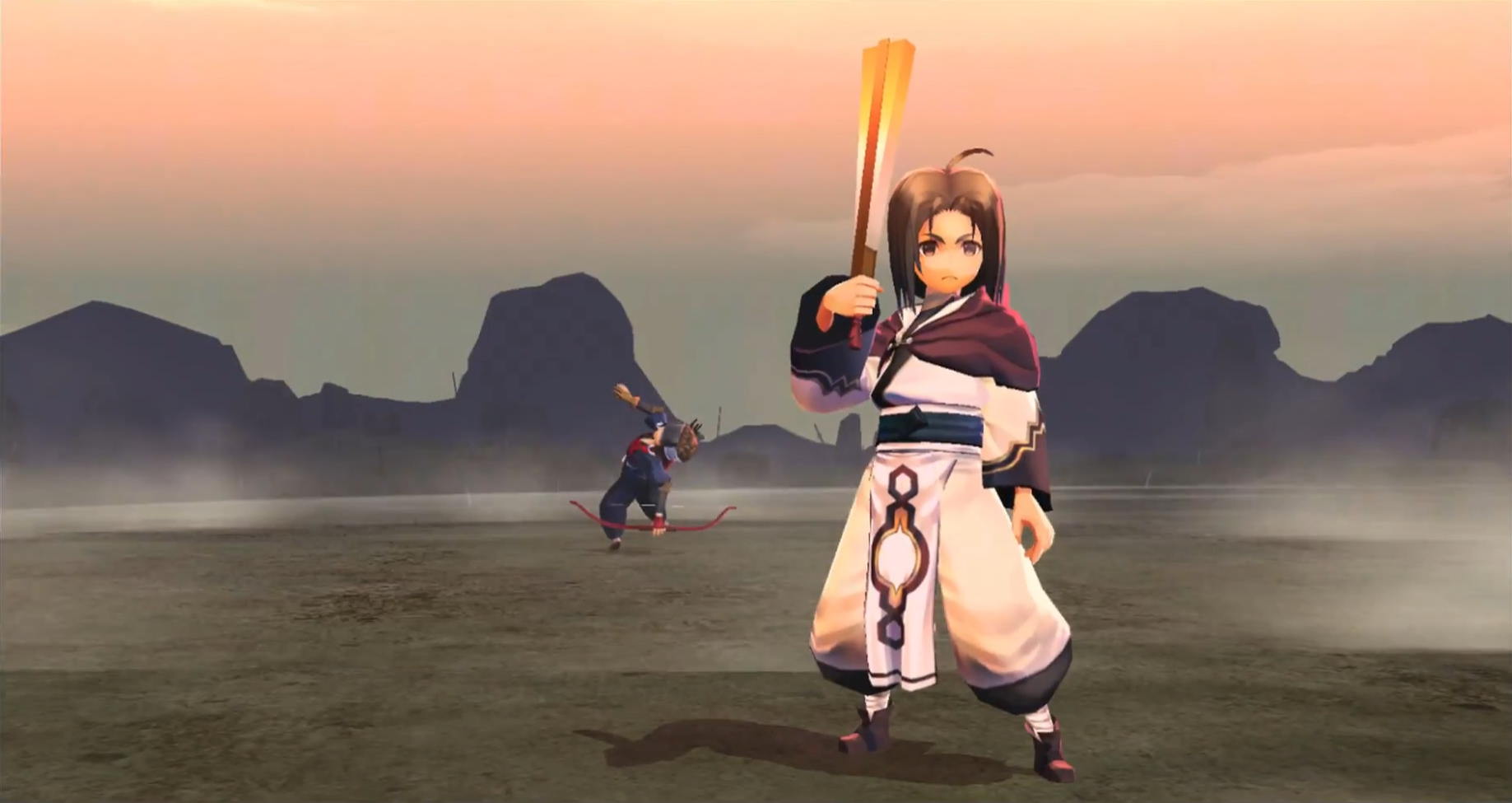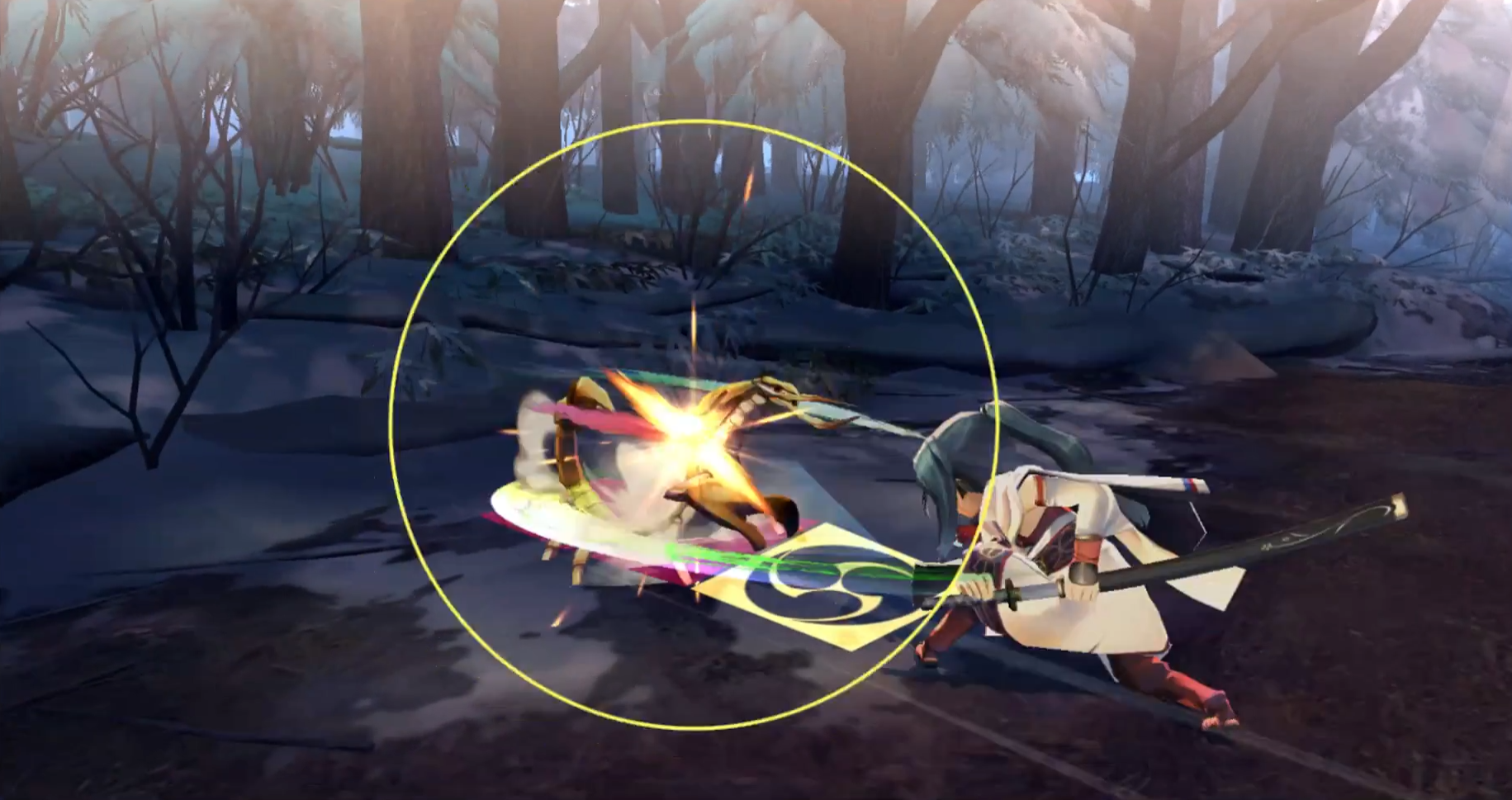Platform:
PS4
Released:
May 23, 2017
Publisher:
Atlus
Developer:
Aquaplus
I had my first glimpse of the world that Utawarerumono: Mask of Deception portrays in the anime of the same name (without hyphen or secondary title) . An interesting blend of samurai like lore and scientific experimentation it was intriguing and surprisingly complex. I was excited to hear about the reboot of the video game adaptations this year as the combination of strategy RPG and visual novel seemed like a very niche experiment.
In Utawarerumono: Mask of Deception you awaken without memory in a frozen landscape to the administrations of a talented young healer. She soon introduces herself as Kuon and names you Haku. Together you set off into the world and slowly become entangled in the machinations of the country of Yamato, making friend and foe alike as you go. The art style is gorgeous and vibrant. The characters and background often look like they belong in a painting rather than a video game. The characters themselves are an interesting mix. Ranging across a typical anime spectrum of reserved to hyper overt it was initially hard to remember them all. This changes when the storyline begins to deepen after an initial “get to know you” period and everything begins to fall into place.
In addition to the characters there are a tonne of locations, creatures, places and items that you may never have heard about before, which is where the glossary is invaluable. Providing objective descriptions about all of the above, it allows insight while not spoiling anything. It also stores a range of tutorials for the combat system.
“I feel I was somewhat let down by this game in terms of my expectations…”
I need to preface the remainder of this review with an admission. I feel I was somewhat let down by this game in terms of my expectations, both positive and negative. I feel this was partially due to being quite fresh to the franchise, but also due to the marketing spin of the game itself prior to its release. Unlike a lot of western localisations of JRPGs it was difficult to track down and make sense of the overall lore. Even the Japanese exclusives were, initially, difficult to place into a timeline and it took a while for me to realise that this was a sequel to the original game and graphic novel.
The gameplay was a bit underwhelming for me, but I believe that this mostly came from the expectations I had in terms of overall balance between the two elements of the game. Advertised as a visual novel/ tactical RPG it quickly becomes apparent that the scales tip more towards the graphic novel side of things. To make matter worse, the auto text function has only got one pace (which is quite slow) unless you feel like mashing the X button, which ends dialogue prematurely. I found my attention slipping at times even though I enjoy graphic novel games. Given how text heavy this makes the game, the tactical battles you encounter are obviously a tool to break up the monotony, but there really isn’t enough of it. There is also an all too thin veil of choice at certain crossroad points. I hoped for different conversations depending on the order selected, but this didn’t appear to be the case after some experimentation.
This sucks most because, in all reality, the battles were the highlight for me. Tactical RPGs are one of my favorite styles of game and there really aren’t enough of them. This game lends a new feel to traditional themes such as elemental weaknesses and shifting turn based priorities. It also stands out for the additional components to the attacks that allow you do extra damage or apply status debuffs.
Although they certainly aren’t difficult to win they provide a breath of fresh air from the dialogue heavy portions of the game and aren’t nearly as frequent as they should be. When you can play the game for six or more hours and only encounter perhaps five or so battles, it feels tokenistic rather than a fully fleshed out element of the game. You are given the option to replay through past battles, but at a reduced EXP gain, which hardly makes them worth the effort.
Positive:
- Gorgeous art style
- Deep storyline that goes above and beyond
- Comprehensive, easy-to-access glossary
Negative:
- Not enough strategic battle elements
- Auto text feature needs to be faster
I am hoping that the formula for the sequel game later in the year will be a bit more balanced. I also couldn’t help but feel there was a lot of fan service that went over my head having only seen the original anime. Those two things aside there is a vast plot, plenty of humour and surprisingly sexy/ explicit moments that only a graphic novel could get away with. I wouldn’t recommend this game for young kids, but for anyone seeking something they can largely put on in the background and relax to enjoy this could be the game for you.

